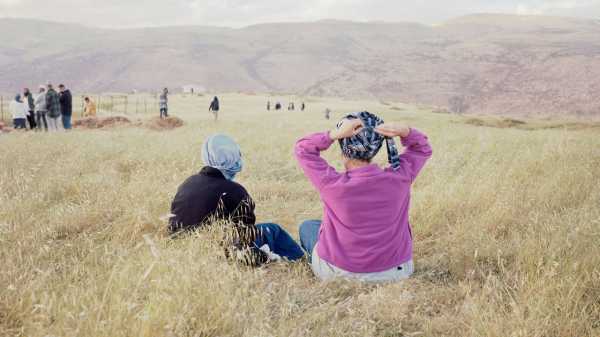
Save this storySave this storySave this storySave this story
A children’s slide, bulbous and bright-colored, snakes down to a rectangle of synthetic grass. The playground, which consists of little else, is empty. It’s a paltry scene that could belong anywhere in the world, except for one detail. Directly behind the play area, shutting out both light and the world beyond, stands a tall concrete wall. To anyone who has been to the region—the murky non-border between Israel and the occupied West Bank—the wall is an easily recognizable visual marker: vertical gray slabs rising almost thirty feet high, on top of which, for extra measure, run horizontal lines of mesh wire.
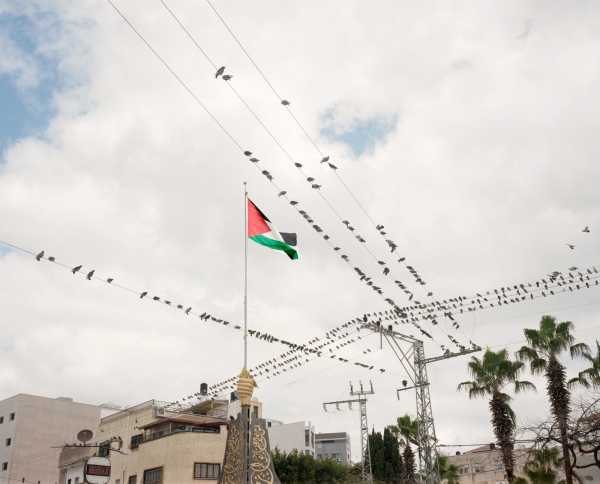
Abu Ali Iyad Square in the Palestinian city of Qalqilya.

A portrait of Khalil at his home in Izbat al-Tabib.
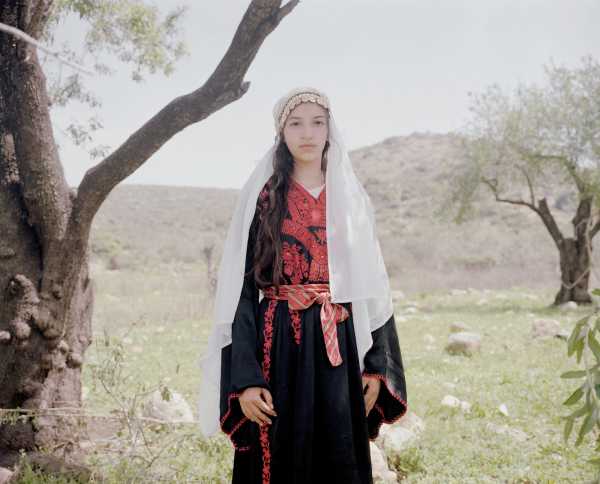
Eilaf wears a thobe, a traditional Palestinian dress, as part of a peace march attended by Israelis and Palestinians.
Construction of the separation wall began two decades ago, in what Israel said was a security measure. Its blueprint was approved by the government of the late Ariel Sharon, a hawkish former Israeli general. When Benjamin Netanyahu became Prime Minister in 2009, he made clear that he would continue the project. “I hear they are saying that, because it’s quiet, it’s possible to take down the fence. My friends, the opposite is true,” he said then. “It’s quiet because the fence exists.” The wall has also become an emblem of the Israeli occupation. Around eighty-five per cent of its route falls well within the West Bank, according to the human-rights group B’Tselem. The wall has severed roughly a hundred and fifty Palestinian communities from their land, which includes agricultural fields and pasture. And the thousands of Palestinians living in enclaves between the wall and Israel proper are cut off not only from farmland but from schools, workplaces, and essential services.
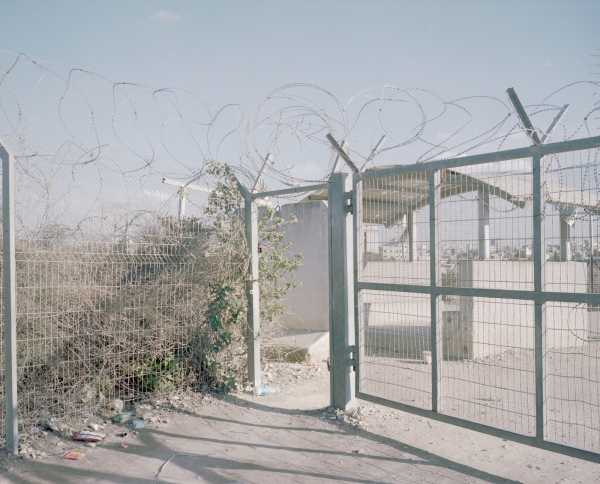
A fence beside Qalqilya.
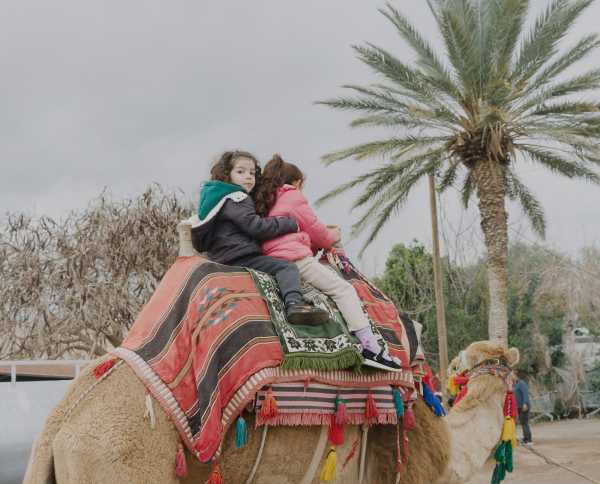
Rasheed and Jorry ride a camel in the West Bank.
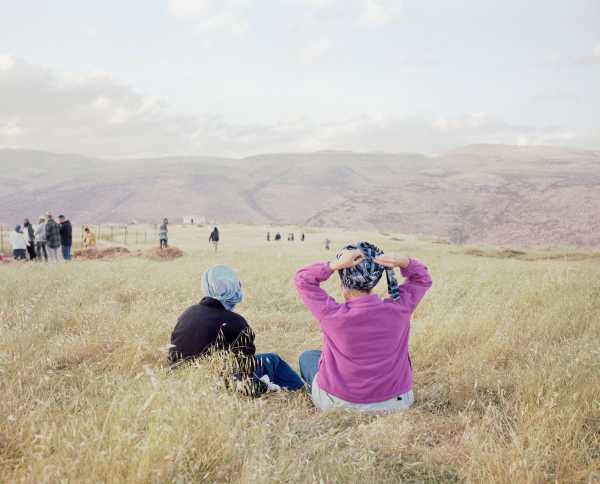
Jewish women at a settler outpost in the West Bank.
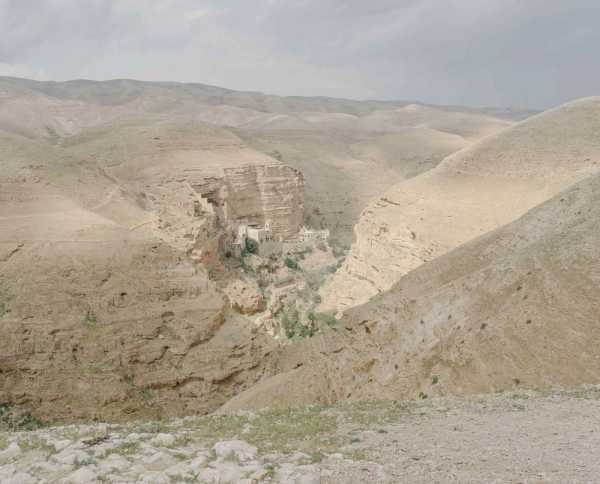
St. George’s Monastery, near the Palestinian city of Jericho.
Israelis are forbidden from crossing the wall to Palestinian city centers, yet the Israeli photographer Ofir Berman has managed to find a way to her subjects, through Palestinian friends she met while working in a refugee camp in the Greek island of Leros. Once she got to know the stories of the people living in the West Bank, she says, “I wasn’t able to look back.” Berman has spent the past year frequenting both sides of the wall, documenting daily life in one of the most contested stretches of land in the world. Her lens captures the rhythms of men, women, and children who happen to be Israeli or Palestinian, of routines that appear strikingly similar for occupier and occupied. At times, the only way to tell which side of the wall we are looking at is by the women’s hair coverings. Some of the photographs are individual portraits. Berman’s subjects appear plaintive, holding their dreams close at hand. Others are landscape shots that look slightly off: a lonely horse stands in a dirt field, its head hiding that of its rider; the shells of dozens of cars lie strewn beneath a vista of buildings.
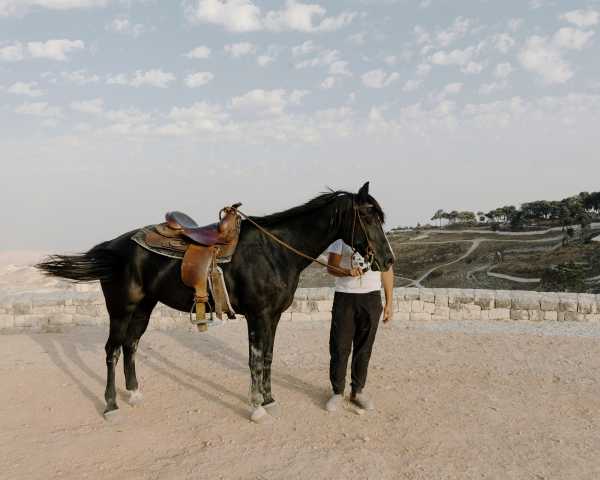
A Palestinian boy with a horse at the Mount of Olives in Jerusalem.
Berman’s lighting induces a sense of foreignness: instead of the region’s harsh, dusty sunlight, she chooses a blanched palette, almost as if we were somewhere in northern Europe. She uses an analogue camera, which creates a “dreamlike effect,” as she puts it. “That’s the opposite of the Israeli-Palestinian conflict, of what’s happening on the ground.” The wall doesn’t appear in many of the images, but its presence is never out of mind. Everywhere, there is a sense of a nature confined. Birds perch not on tree branches but on a turquoise hose stretched haphazardly across a decrepit building. Repeatedly, her camera is drawn to images of children or to representations of their world. A photograph of Palestinian women shopping at a candy store is particularly poignant: the shoppers’ hardened faces contrast with the piles of eye-catching sweets spread below.
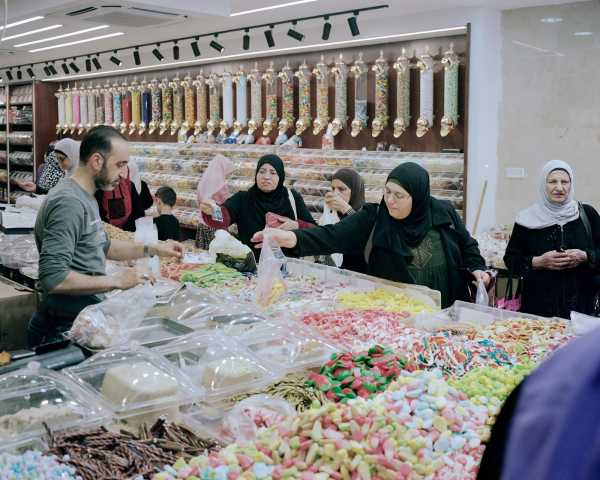
Palestinian women buy sweets during Ramadan in the Old City of Jerusalem.
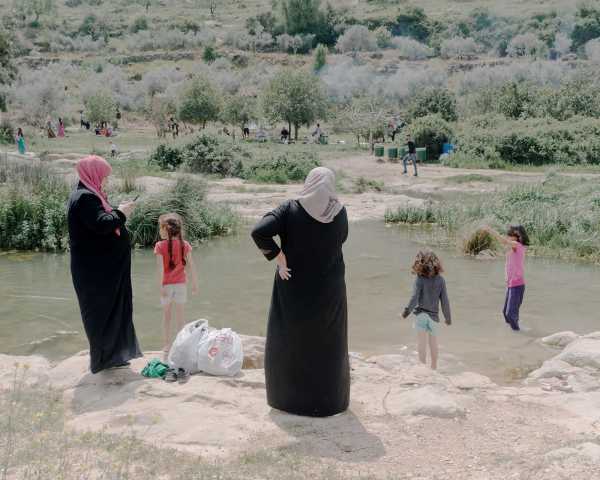
Palestinian children bathe in Wadi Qana, a stream that runs through the West Bank.
The more Berman visited the wall, the more she realized how it “isolates and segregates Palestinians and Israelis from each other, breeding an atmosphere of uncertainty, frustration, and animosity.” Her images are not overtly political, however. Whereas some photographers attempt to dramatize the quotidian, Berman looks for the opposite: quiet, mundane moments that show what daily life is like in this chaotic place. One such image is of a group of Palestinian women and girls wading in water. The girls are carefree and oblivious, as children are wont to be. But the women standing beside them, fully covered, are not. One holds her hand to her waist, in the exhausted-looking gesture of women worldwide. Other images appear normal at first. A man and a young girl lie on the ground, gazing up at the sky. They are a father and daughter, Berman says. The girl was given the wrong medication when she was a baby, and as a result has become hard of hearing. The only times her father is allowed to cross the barrier into Israel are for her medical appointments.

Mussa and his daughter Aya lie on the grass in their back yard, in the Palestinian village of Izbat al-Tabib.
Another photograph is of a man seated in a field smoking a hookah. His face is wholly hidden by a cloud of gray. His name is Faisal, and he lives in the Palestinian village of Hizma, in the West Bank. He spent twelve years in Israeli prison for stabbing an Israeli Jewish man, he says, and is now barred from entering the country. Yet he advocates peace. In an accompanying text describing her project, Berman quotes Faisal as telling her, “We live on the same land. We drink the same water in Ramallah or Tel Aviv. We pray to the same God in Netanya or Jenin. Our only chance is to share this land, not necessarily as friends, but no longer as enemies.” Though Faisal’s pose is one of leisure, the image is filled with tension. Behind him is what appears to be an upturned sofa. His hand grips the side of his chair tightly. The moment may be peaceful, but embedded within the photo is the awareness that the moment will pass.
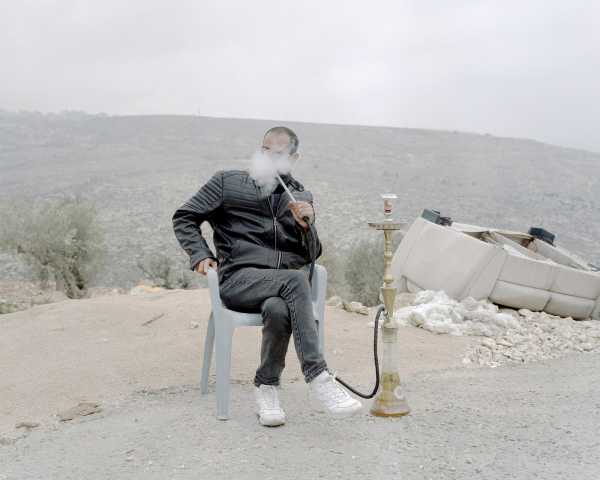
Faisal smokes a hookah outside his house in the Palestinian town of Hizma.
Sourse: newyorker.com






